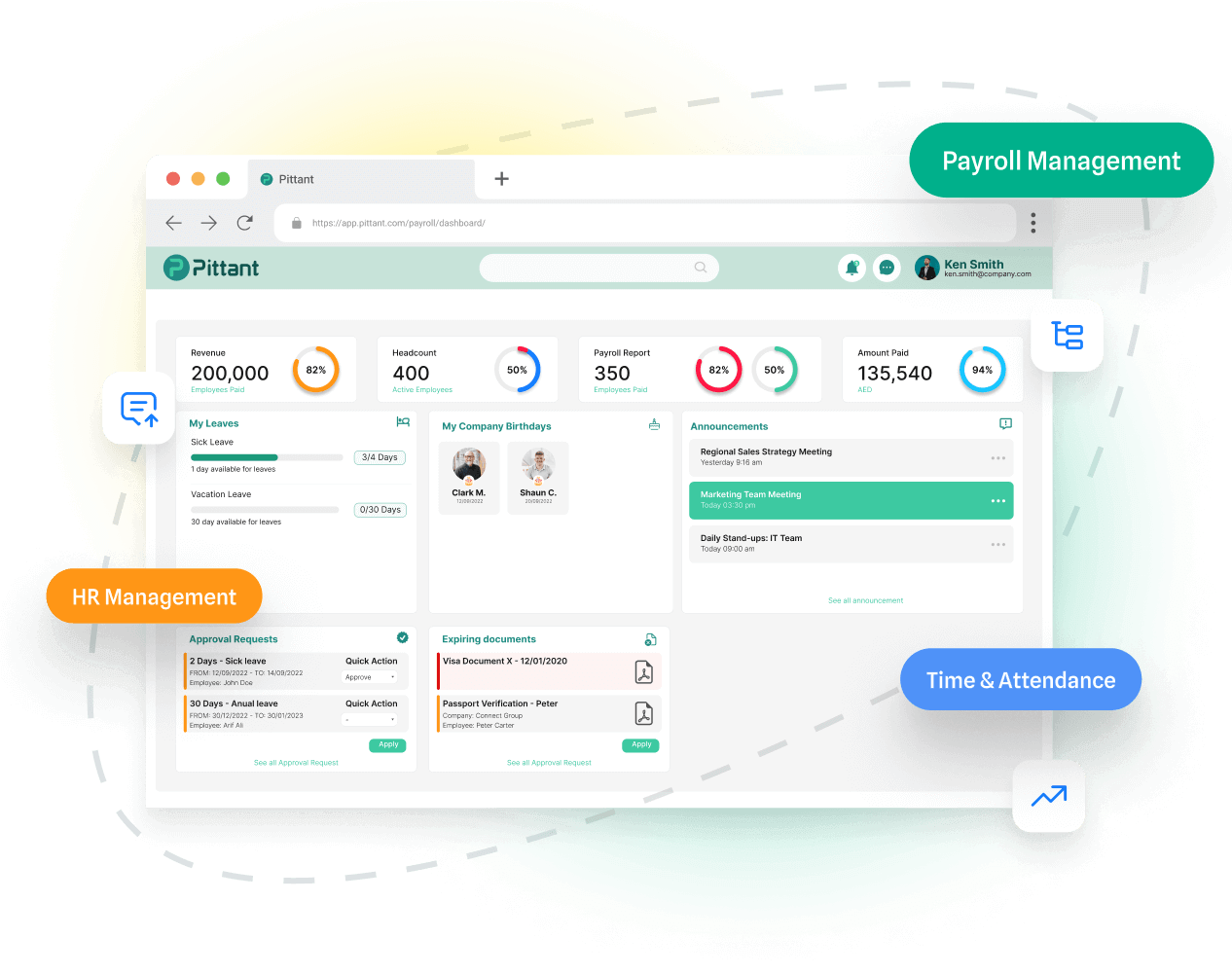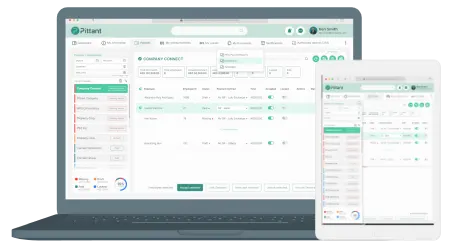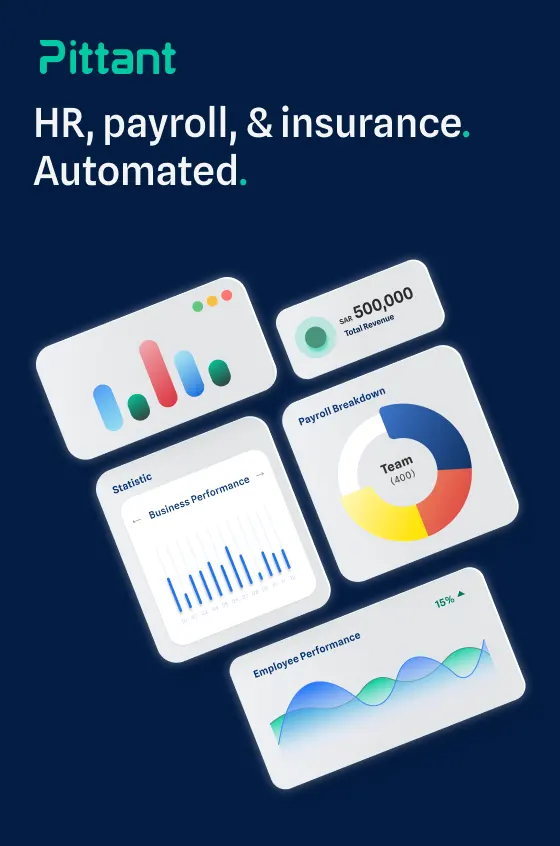“The Pittant software is an reliable HR and Payroll platform I have ever utilized.. The plus point is it has
many features and they all are easy to access”
“The Pittant software is an reliable HR and Payroll platform I have ever utilized.. The plus point is it has
many features and they all are easy to access”























